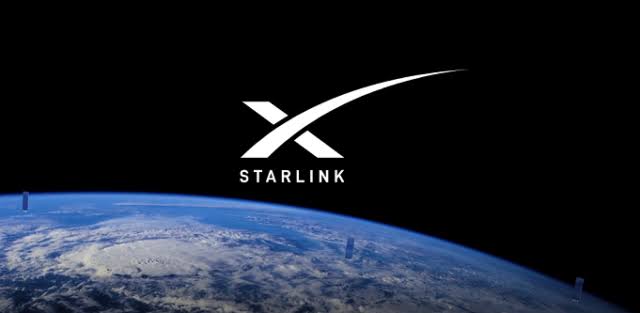Elon Musk’s Space Exploration Technologies Corp. (SpaceX) was established in the year 2002 and is headquartered in California which has an aim to reduce the cost of space transportation which will enable colonization of Mars has launched a new project called Starlink which is a mega constellation which will provide commercial internet services. The company has always been finding new ways to expand globally and in this view, the director of SpaceX Matt Botwin said that they have approached Indian industries to manufacture products for the upcoming project Starlink. In the first official interaction between Matt Botwin and Anshu Prakash, Secretary of the Department of Telecommunication has discussed the further details.
Starlink project is being launched to provide high-speed broadband services worldwide and the satellite will be launched at the Low Earth Orbit (LEO) of 400 – 600 km altitude from earth’s surface and the footprint of the LEO satellite will not be too big and hence they will have to launch many satellites and SpaceX has approached India for the manufacture of products for the satellite. The company looks forward to launching 12,000 satellites in space for providing high-speed internet and has already launched 1,200 satellites under this mission. As per the agreement, it will provide internet at a speed up to 150 Mbps. The advantage of this project is that many rural areas to which there is no internet facility through optic fiber will have high-speed internet facilities through satellites.
Department of Telecommunication in India arranged a meeting where SpaceX had to present their holistic roadmap of the project and there were many participants including OneWeb, Viasat, Hughes, Airtel, Reliance Jio, Vodafone Idea, Department of Space, and the Telecom Regulatory Authority of India who is planning to provide internet facility in India through satellites and through this project, India is becoming the gateway for all the future projects in India.
India’s satellite-based communications space is heating up with the likes of SpaceX, Bharthi Global-backed OneWeb, and Jeff Bezos-led Amazon’s project Kuiper looking to enter the country’s nascent satellite broadband space starting next year.
In the meeting, one of the most important discussions by the satellite company to the Indian Government was that the 28 GHz band for mobile services should not be auctioned for and sold to telecom industries as it is used by the satellite players but the speed of the internet at 28 GHz is very high and efficient. The telecom industries in return are demanding that the 28 GHz spectrum should be made available which will enable them to provide high-speed internet to their customers.
The director further said that SpaceX is not joining hands with India for the first time. Few parts like steel and steel-tubing for many of their rockets have been purchased from India and now the manufacture of hardware and other components of the rocket is a part of the new project.
Another big announcement by the company is that they are already accepting pre-order of the beta version of its Starlink satellite internet service in India for a fully refundable deposit of $99 (Rs. 7,000). According to its website, its satellite broadband services will be targeted in India in 2022 and will be available after regulatory approvals. Customers who are willing to place a pre-order and want to use the high-speed internet then require the Starlink kit which includes a user terminal, router, and mounting tripod to connect to the satellites.

